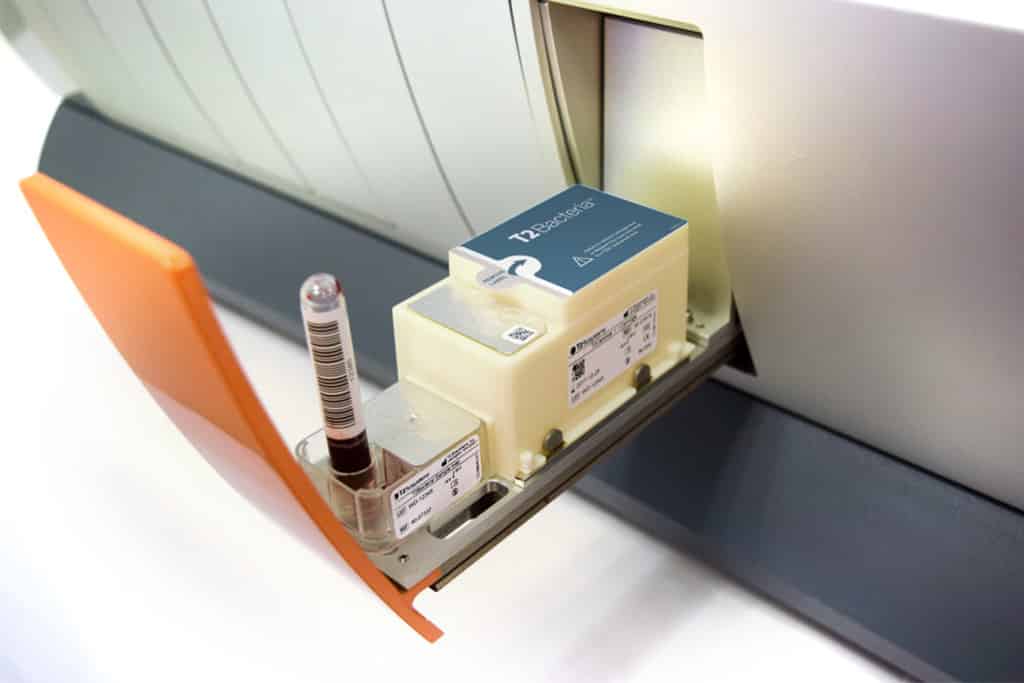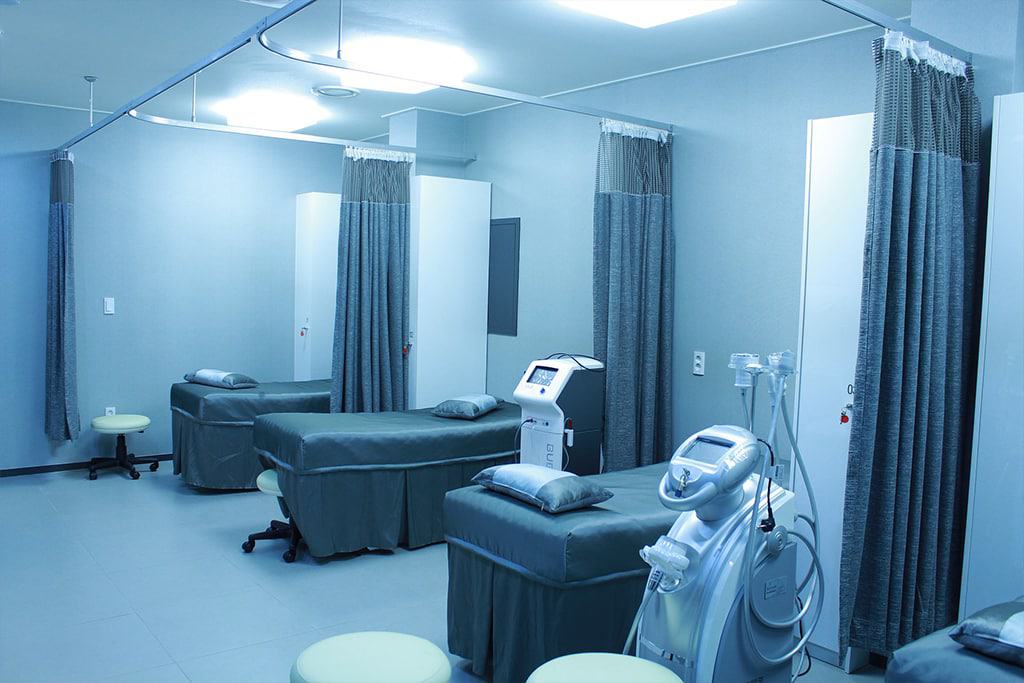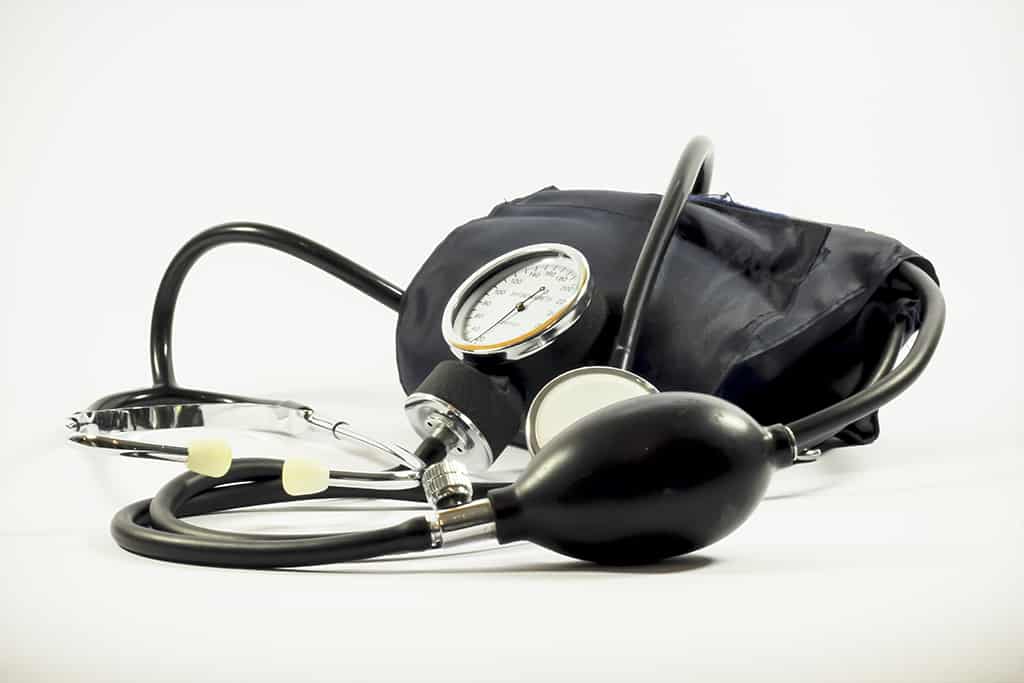Check out our latest #whitepaper containing clinical trial data, real-world evidence, and example algorithms that detail how T2Candida can be incorporated into practice and improve care for invasive candidiasis in your own practice.
An 86 year old patient presented with fevers and lethargy for one week.








